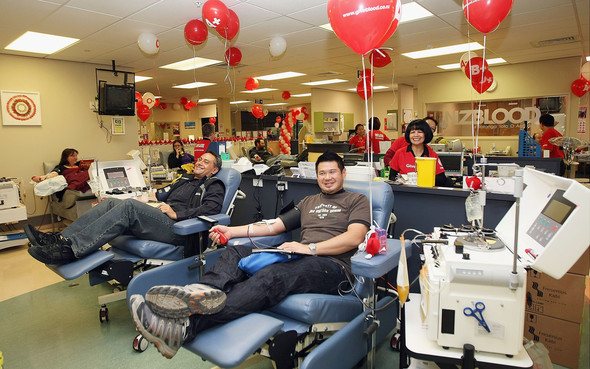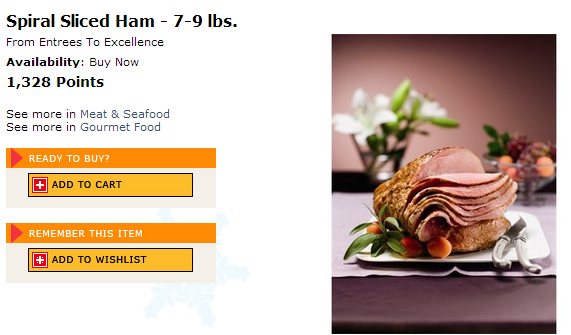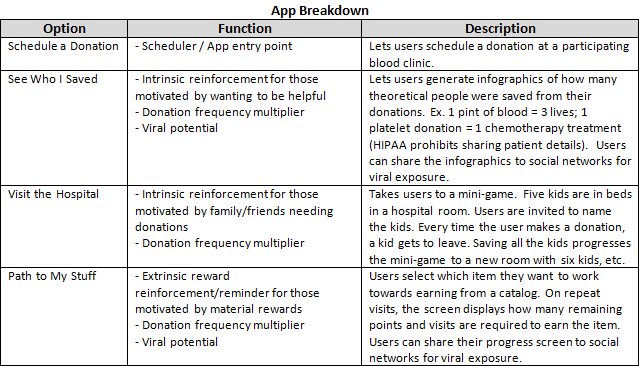How Gamifying Blood Donations Can End the Shortage

It’s a fact of the modern world that games are creeping into everyday life. Games and “gamified” applications (of varying levels of quality) follow us on phones, haunt our social networks and even sneak into public bathrooms, taunting would-be players with buttons and badges. Like any divisive cultural battleground, for every evangelist crying “Gamify all the things!” there’s a corresponding voice saying, in no uncertain terms, “Gamification is bullshit.”
But what if there was a way for gamification elements, and all the contentious debate that comes with them, to be deployed in a way that’s 100%, without a doubt, beneficial to society? Say, for example, by encouraging people to donate blood more often?
Why Do People Donate Blood?
According to the American Red Cross, the number one reason people donate blood is because they want to help others. Whether motivated by a friend or family member who might need a donation or just moved by a moral urging, these people don’t need an extrinsic reward to donate in the first place. However, their frequency of donations may be increased by effective gamification elements (in game terms, think casual users vs. hardcore community members).
For others who don’t share the same motivations, gamification’s tendency to leverage extrinsic rewards is a good fit. Most blood clinics already have rewards programs in place, offering everything from giftcards and videogames to car parts and cheesecake(!), and they’re a great place to start.

But most of these programs are shunted to corners of clinics’ websites, and discoverability is limited. As a donor at the New York Blood Center, I wasn’t even aware points could be redeemed for rewards other than branded apparel until I stumbled onto the online store.
For people motivated by extrinsic rewards, a more visible solution is needed to remind them of these rewards to encourage initial and repeat donations. So what would all this look like in an app?
Schedule, Donate, Feel Good and Get Stuff
While it’s possible to drop by blood clinics to donate, it’s advisable to make appointments beforehand to guarantee a bed. Most clinics book appointments over the phone or by scheduling online, but there’s a missed opportunity here that’s the Trojan horse to this whole thing: a donation scheduling app for smartphones. Once donors are encouraged to download the app, it can act as a gateway to the gamification layer.
Here’s how the app would function. After logging in, you’d see four options on the main screen: Schedule a Donation, See Who I Saved, Visit the Hospital and Path to My Stuff.

Could An App Really End the Shortage?
Say the idea is ludicrously effective – is it even possible for something like this to end the shortage? What kind of shortage are we talking about, anyway? According to non-profit organization America’s Blood Centers, shortages of all blood types happen during the summer and winter holidays, and especially during emergencies like Superstorm Sandy. Meanwhile, the American Red Cross states that less than 38 percent of the US population is eligible to donate blood, which comes out to roughly 119 million people given the current US population of 315 million. Of those eligible, only 9.5 million donate in a given year, which leaves us with about 109 million people who are eligible to donate, but don’t.
Switching gears for a minute, let’s look at the platform to deliver this gamification program. In July of 2012, Nielsen reported that the smartphone penetration rate in the US had exceeded 50%. Although we can’t know details of the overlap between the 50% of US citizens with smartphones and our 109 million eligible but abstaining donors, it’s reasonable to assume there’s a range that qualifies for both. For the sake of example, let’s conservatively say that anywhere from 2%-20% qualify for both, leaving us with 2-21 million people who have smartphones and are eligible to donate but abstain.
One last factoid from America’s Blood Centers: “If only one more percent of all Americans would give blood, blood shortages would disappear for the foreseeable future.” At a population of 315 million that’s just shy of 3 million additional donors, a not unreasonable goal given our assumed target audience of 2-21 million, which boils down to acquiring and retaining just 3% of our eligible donor pool as users of the app.
The Verdict
So could it work? There’s no way to know without trying. But if there’s merit to this idea, and it convinces more people to become donors, maybe more developers will shift gears to leverage the power of gamification for social good.
